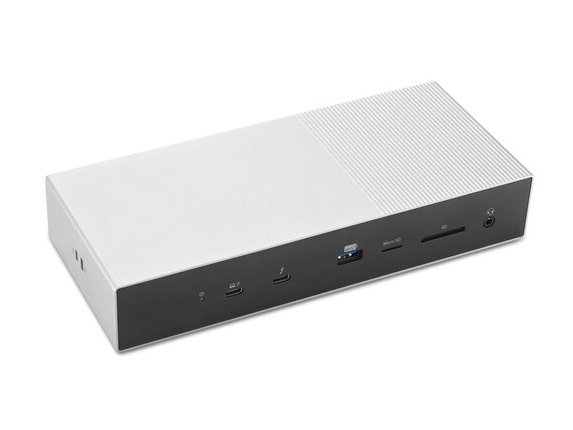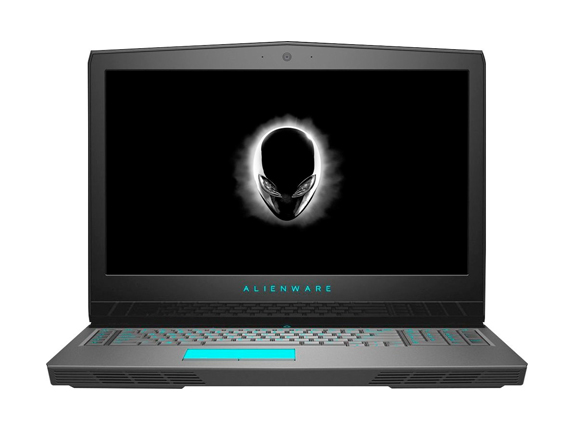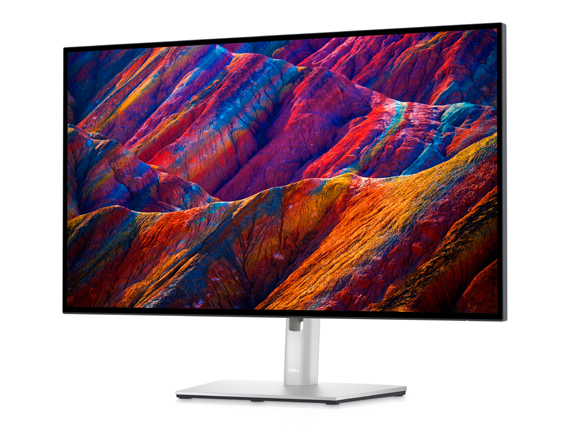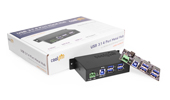![]() USB Power Delivery (USB PD) has already revolutionized how we power and charge our devices, providing up to 100 watts (W) of power through USB Type-C cables. However, as the demand for more powerful and energy-hungry devices grows, even 100W may not be enough for some applications. That’s where USB Power Delivery Extended Power Range (USB PD EPR) comes in.
USB Power Delivery (USB PD) has already revolutionized how we power and charge our devices, providing up to 100 watts (W) of power through USB Type-C cables. However, as the demand for more powerful and energy-hungry devices grows, even 100W may not be enough for some applications. That’s where USB Power Delivery Extended Power Range (USB PD EPR) comes in.
USB PD EPR is the next evolution in USB power technology, designed to meet the needs of even higher-power devices like large laptops, high-performance monitors, and other electronics that require more than 100W. This guide will explain what USB PD EPR is, how it works, and why it’s a critical development for the future of power delivery.
What is USB PD EPR?
USB Power Delivery Extended Power Range (EPR) is a new specification within the USB PD standard that allows USB Type-C connections to deliver up to 240 watts (W) of power. This is a significant leap from the 100W limit of previous USB PD versions, expanding the range of devices that can be charged or powered via USB.

Docking Stations

Gaming Laptops

4K / 5K / 8K Monitors
With USB PD EPR, users can power more demanding devices—such as gaming laptops, 4K or 5K monitors, desktop PCs, and other large electronics—without the need for proprietary chargers or bulky power adapters.
How Does USB PD EPR Work?
USB PD EPR works by allowing a higher voltage in USB Type-C cables, up to 48 volts (V), compared to the 20V limit of earlier USB PD versions. Here’s a breakdown of how it achieves higher power levels:
- Increased Voltage and Current
USB PD EPR increases the available voltage to 48V (compared to 20V with standard USB PD), while still allowing current levels of up to 5 amps (A). The result is a maximum power output of 240W, calculated as 48V × 5A. - EPR-Specific Cables
To handle these higher power levels, USB PD EPR requires EPR-compliant USB Type-C cables. These cables are specifically designed to safely transmit higher voltages and are marked accordingly. Standard cables that only support up to 100W will not work with devices or chargers using USB PD EPR. - Dynamic Power Negotiation
Just like traditional USB PD, USB PD EPR allows devices and chargers to negotiate power delivery dynamically. Devices can request a specific amount of power based on their needs, and the charger adjusts the power output accordingly. This ensures that devices are charged efficiently and safely, without exceeding their required power levels.
Why is USB PD EPR Important?
As technology advances, devices are becoming more powerful and energy-intensive. While 100W is sufficient for most smartphones, tablets, and even some laptops, higher-end devices need more power. USB PD EPR provides several benefits for these high-demand applications:
- High-Power Devices
USB PD EPR enables USB-C to power devices that traditionally required large, proprietary power adapters. Gaming laptops, desktop computers, large displays, and even some power tools can now run off a USB-C connection. - Simplified Charging and Powering
With USB PD EPR, you can use a single, universal USB-C charger and cable to power multiple devices, eliminating the need for multiple power bricks. This is especially valuable for professionals who use power-hungry laptops, external monitors, and other high-power devices. - Future-Proofing
USB PD EPR is a future-proof solution that anticipates the growing power needs of modern devices. As more manufacturers adopt USB PD EPR, the ecosystem will expand, allowing for more flexible and scalable charging solutions. - Increased Efficiency
By delivering higher power through a single connection, USB PD EPR can reduce energy loss during power conversion, making charging and power delivery more efficient overall. This can lead to faster charging times and lower energy consumption for devices that require high power levels.
Applications of USB PD EPR
USB PD EPR is poised to support a range of high-powered devices across various industries and use cases. Some of the key applications include:
- High-End Laptops
Many high-performance laptops, especially gaming laptops or mobile workstations, require more than 100W of power. With USB PD EPR, these laptops can be charged via a USB-C connection, simplifying cable management and making it easier for users to power their devices on the go. - Large Monitors and Displays
Monitors with 4K, 5K, or even 8K resolution require significantly more power, especially those with high refresh rates or HDR support. USB PD EPR allows these monitors to be powered by a single USB-C connection, which can also carry video data through standards like DisplayPort Alt Mode. - Power-Hungry Peripherals
External GPUs, advanced docking stations, and other high-power peripherals that previously required their own dedicated power supplies can now be powered through USB-C using USB PD EPR. This reduces the need for multiple power supplies and simplifies setup. - Consumer Electronics
Devices like smart TVs, desktop PCs, and gaming consoles may soon benefit from USB PD EPR, allowing them to be powered more easily via USB-C. This could potentially eliminate the need for bulky power adapters in future versions of these devices.
The Evolution of USB Power: SPR to EPR
Before USB PD EPR, the USB PD standard used Standard Power Range (SPR), which was capped at 100W (20V, 5A). USB PD EPR extends this range to 240W, effectively doubling the power capabilities of USB PD. Here’s how the two compare:
| Feature | SPR (Standard Power Range) | EPR (Extended Power Range) |
|---|---|---|
| Max Power Output | 100W | 240W |
| Max Voltage | 20V | 48V |
| Max Current | 5A | 5A |
This evolution allows USB PD EPR to cater to a broader range of devices, ensuring that even high-power electronics can benefit from the simplicity and efficiency of USB-C.
The Future of USB PD EPR
USB PD EPR is already being adopted by manufacturers looking to create more powerful and flexible charging solutions for their devices. As the technology becomes more widespread, we can expect to see a growing number of devices and chargers that support the extended power range.
In the coming years, USB PD EPR will likely play a key role in powering next-generation laptops, displays, and other high-power devices. Its ability to consolidate power and data transmission into a single USB-C cable simplifies device management and helps reduce clutter, creating a more efficient, user-friendly experience.
Conclusion
USB Power Delivery Extended Power Range (USB PD EPR) marks a significant leap forward in charging technology, expanding the power capabilities of USB-C to support a new generation of high-powered devices. With up to 240W of power, USB PD EPR offers a universal solution for charging everything from laptops to monitors and gaming consoles. As USB PD EPR becomes more common, users will benefit from simpler, faster, and more efficient power delivery across all their devices.
Whether you’re a professional looking to power high-performance devices or a tech enthusiast looking for the latest advancements, USB PD EPR is set to transform how we charge and power our devices. Keep an eye out for EPR-compliant chargers and devices as this technology continues to expand!
Visit Our Resource Center
Browse informative articles, explore customer case studies, and watch helpful how-to videos in our Resource & Learning Center. Stay up-to-date with the latest in USB technology and our products.
Visit the Resource CenterCustom Solutions for Your Install
Our team of experts and engineers can get you dialed in with a custom built soution for your install. Reach out today to speak with an engineer!
Custom Product RequestLearn More About Coolgear Labs
Innovation is at the heart of everything we do. Coolgear Labs is our dedicated space for research, development, and experimentation
Read More About Coolgear LabsBrowse Customers' Case Studies
Learn about real use cases from our customers where Coolgear products helped integrators and engineers solve real world problems.
View Our Case Studies


















